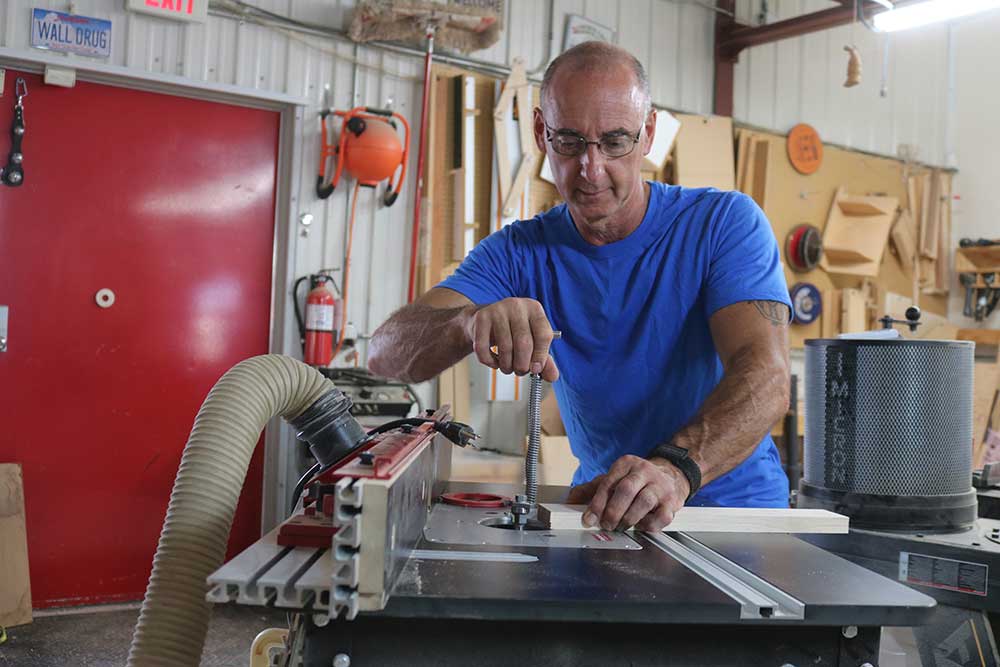
Must-Have Table Saw Techniques: Cutting Bridle Joints, Aluminum, Plexiglass & More
George Vondriska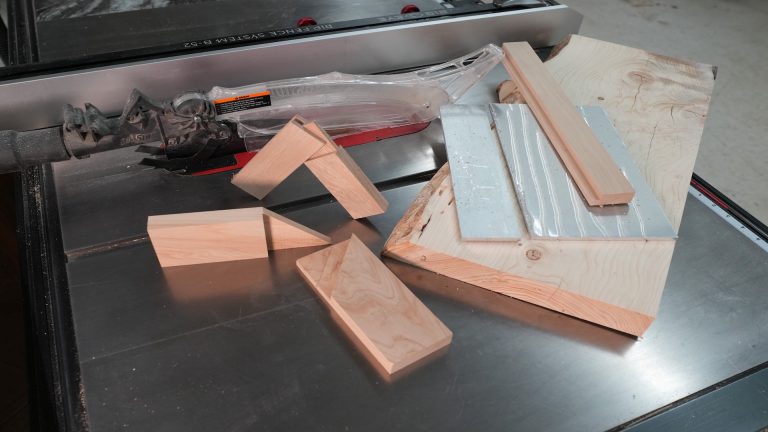
- In-depth Instruction; over 54 mins
- On-demand video access anytime
- Bonus downloadable PDF resources
- Access to class Q&A
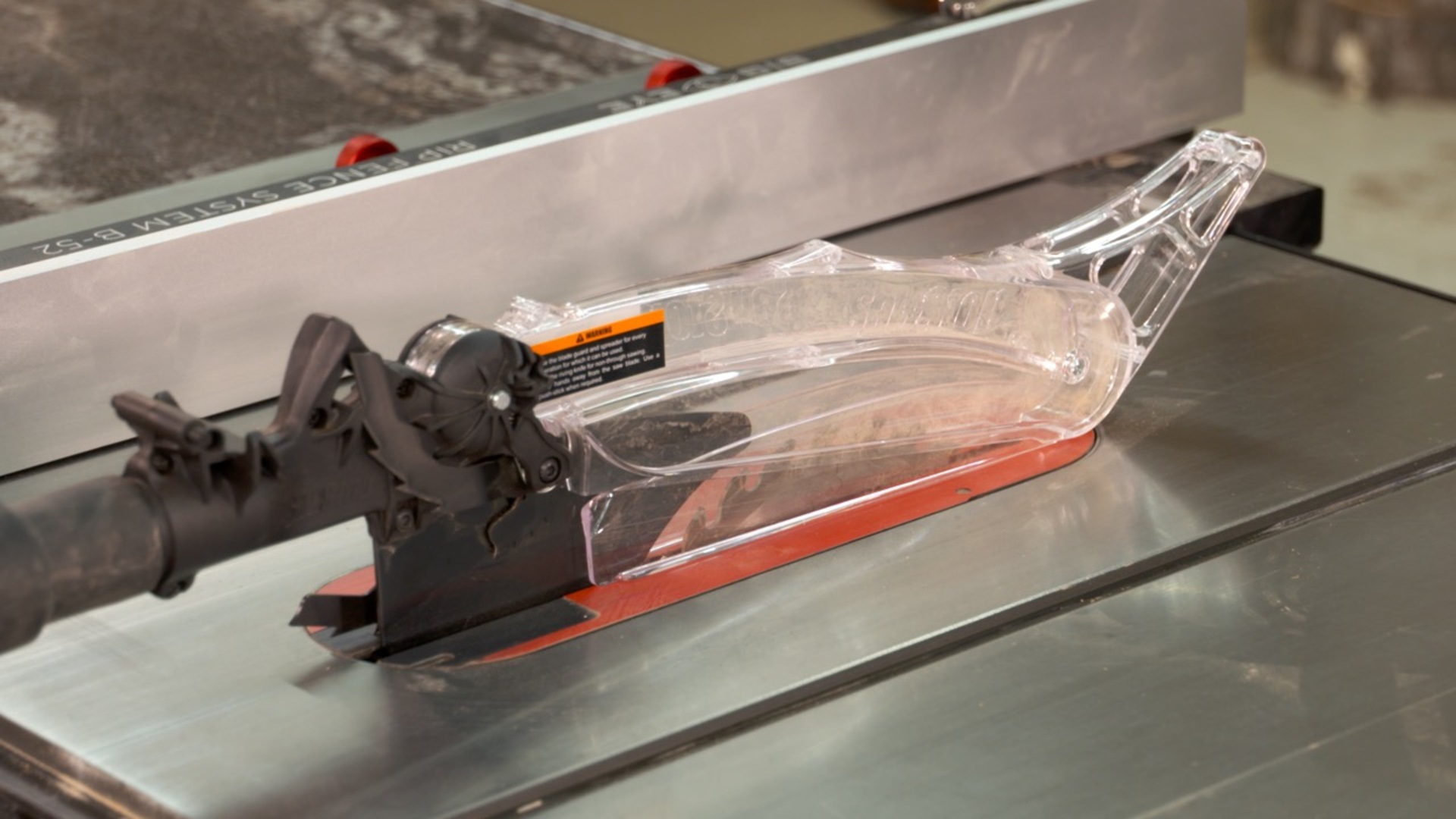
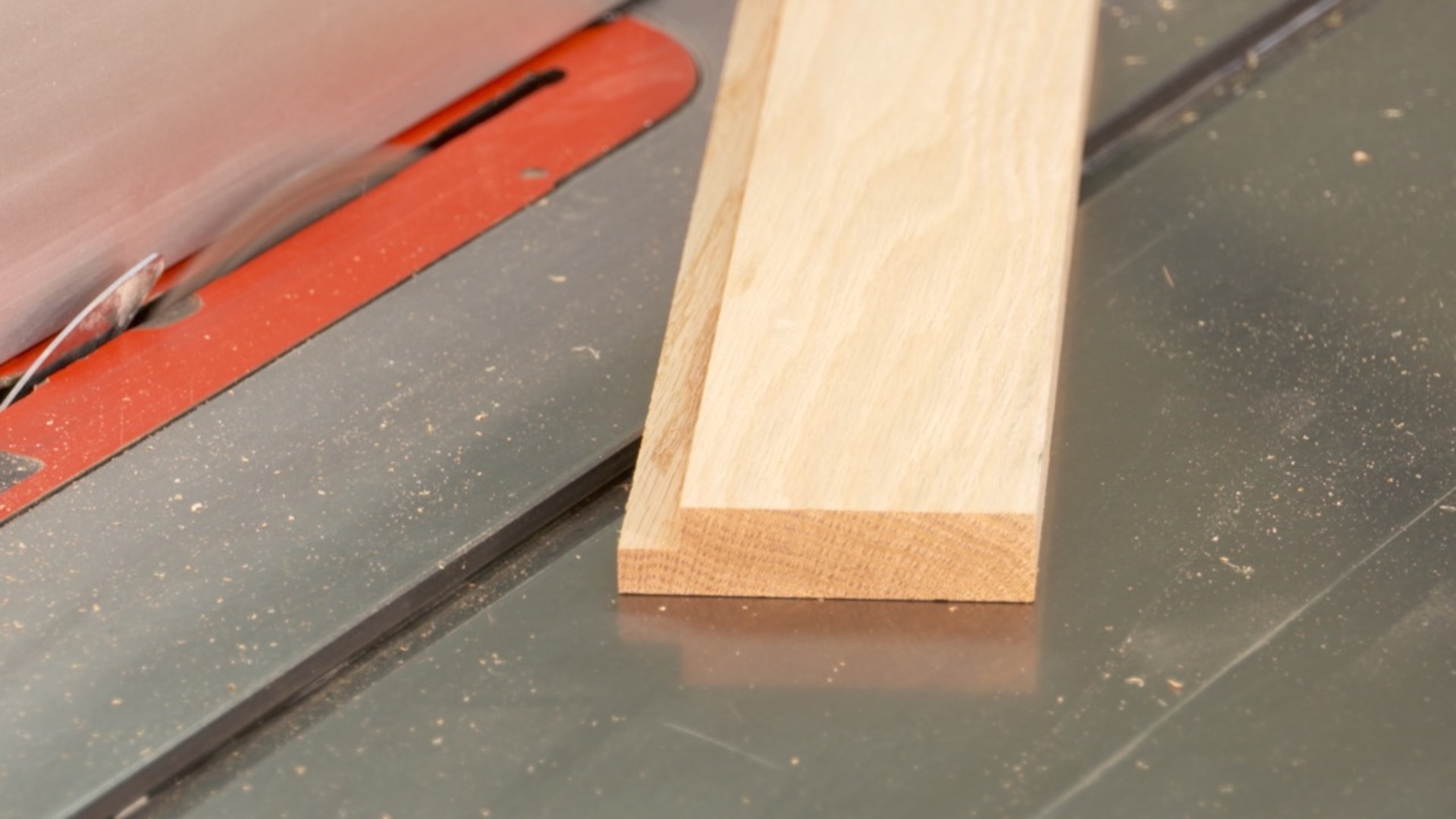
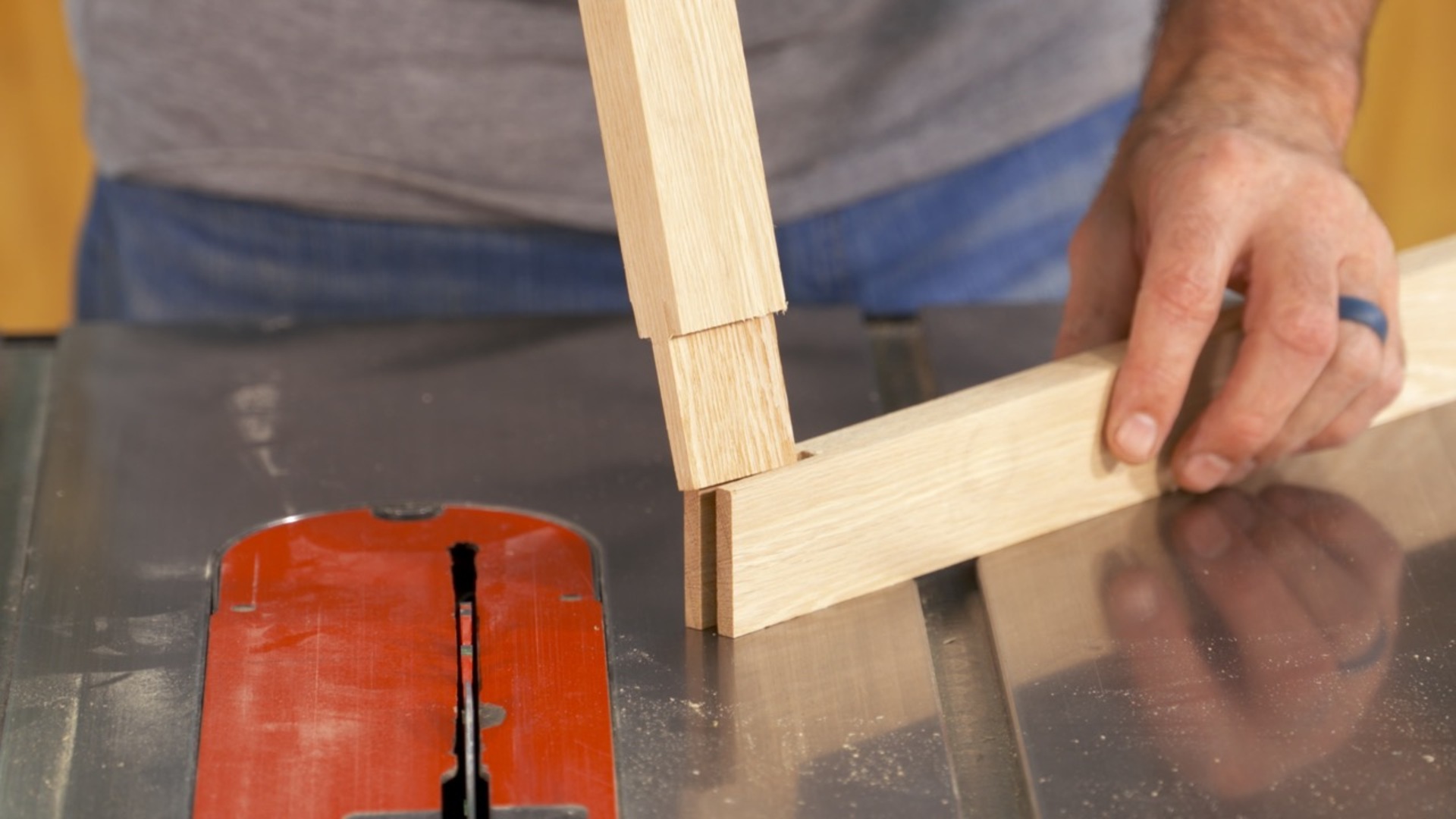
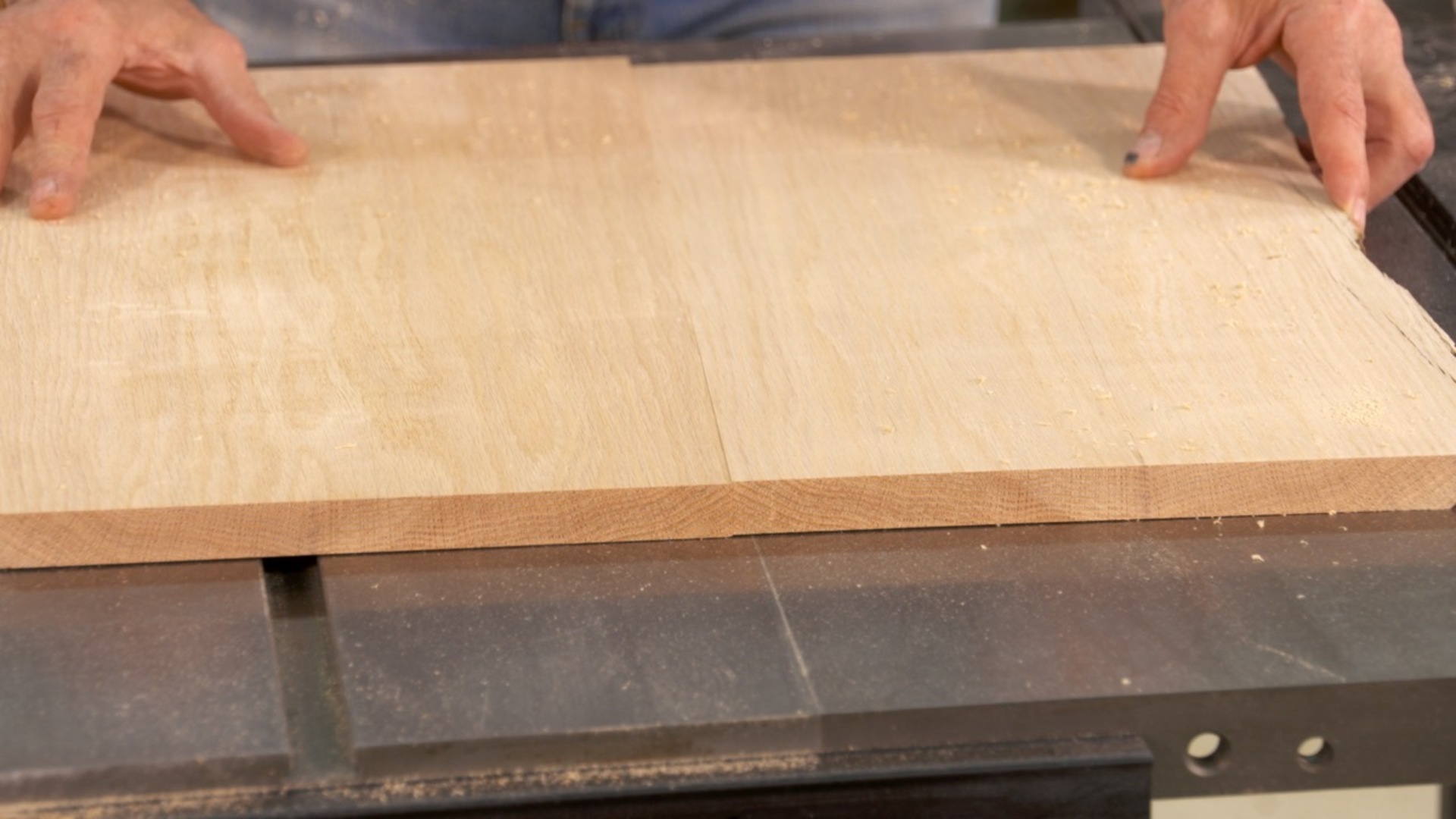
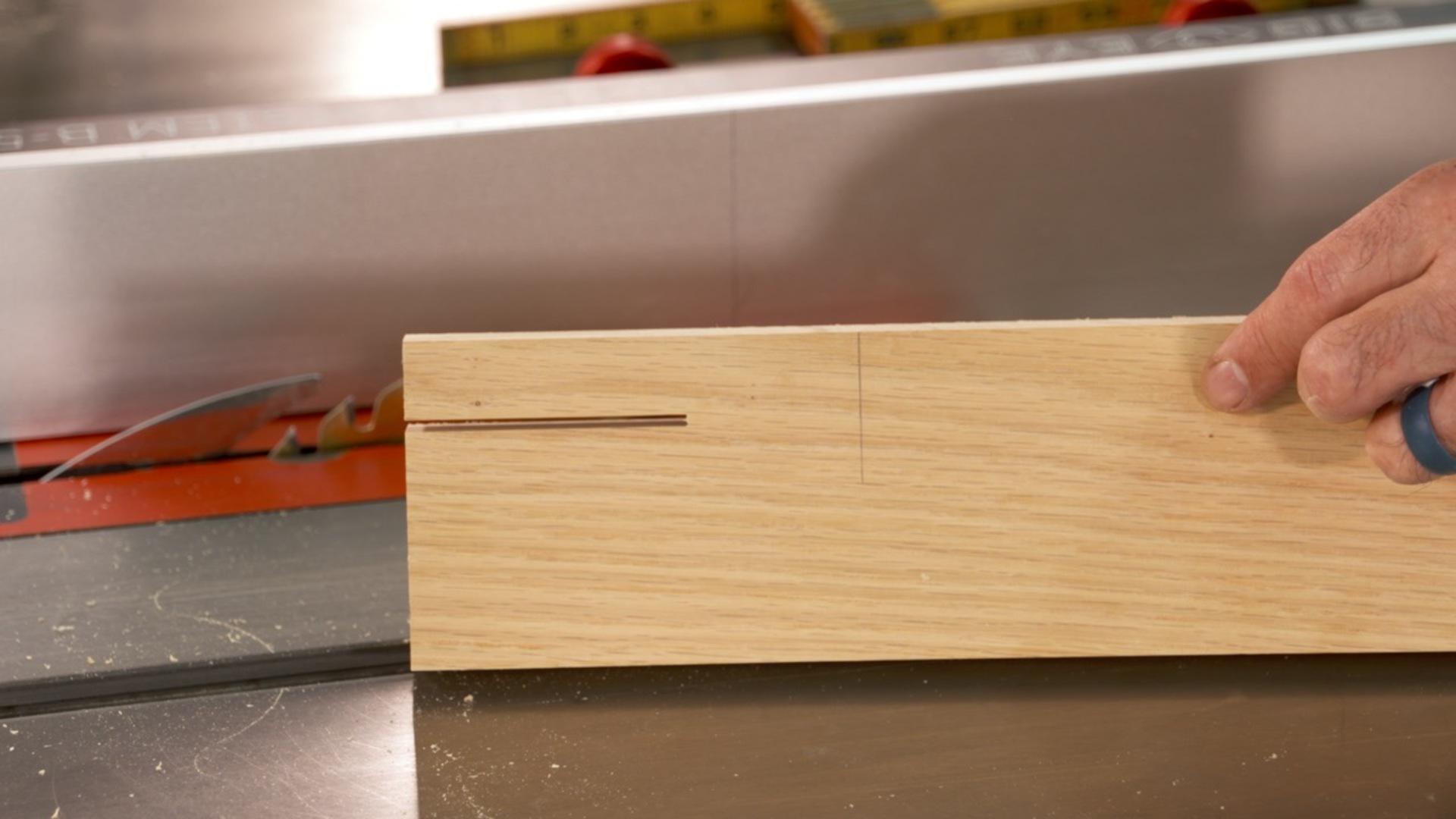
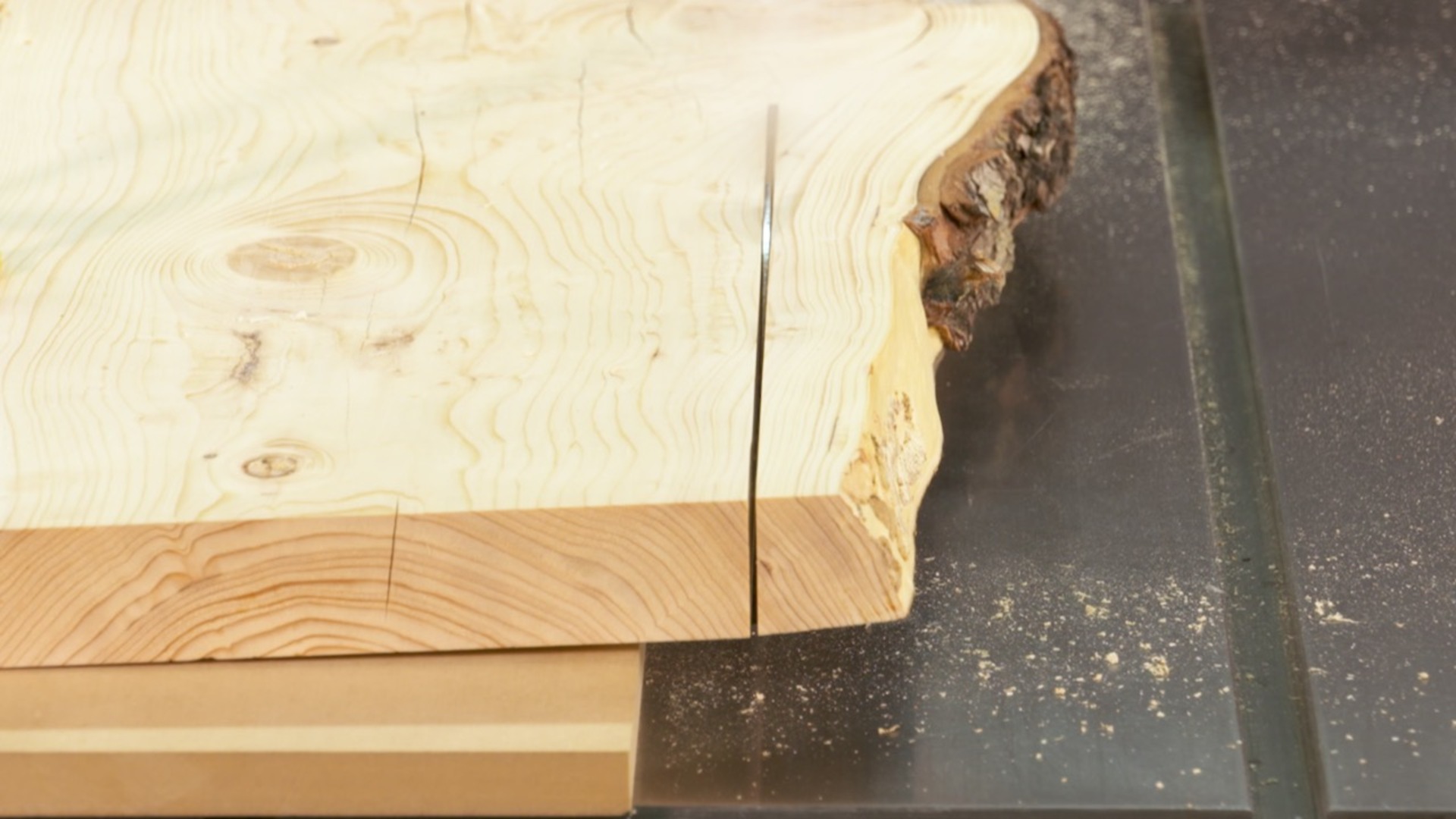
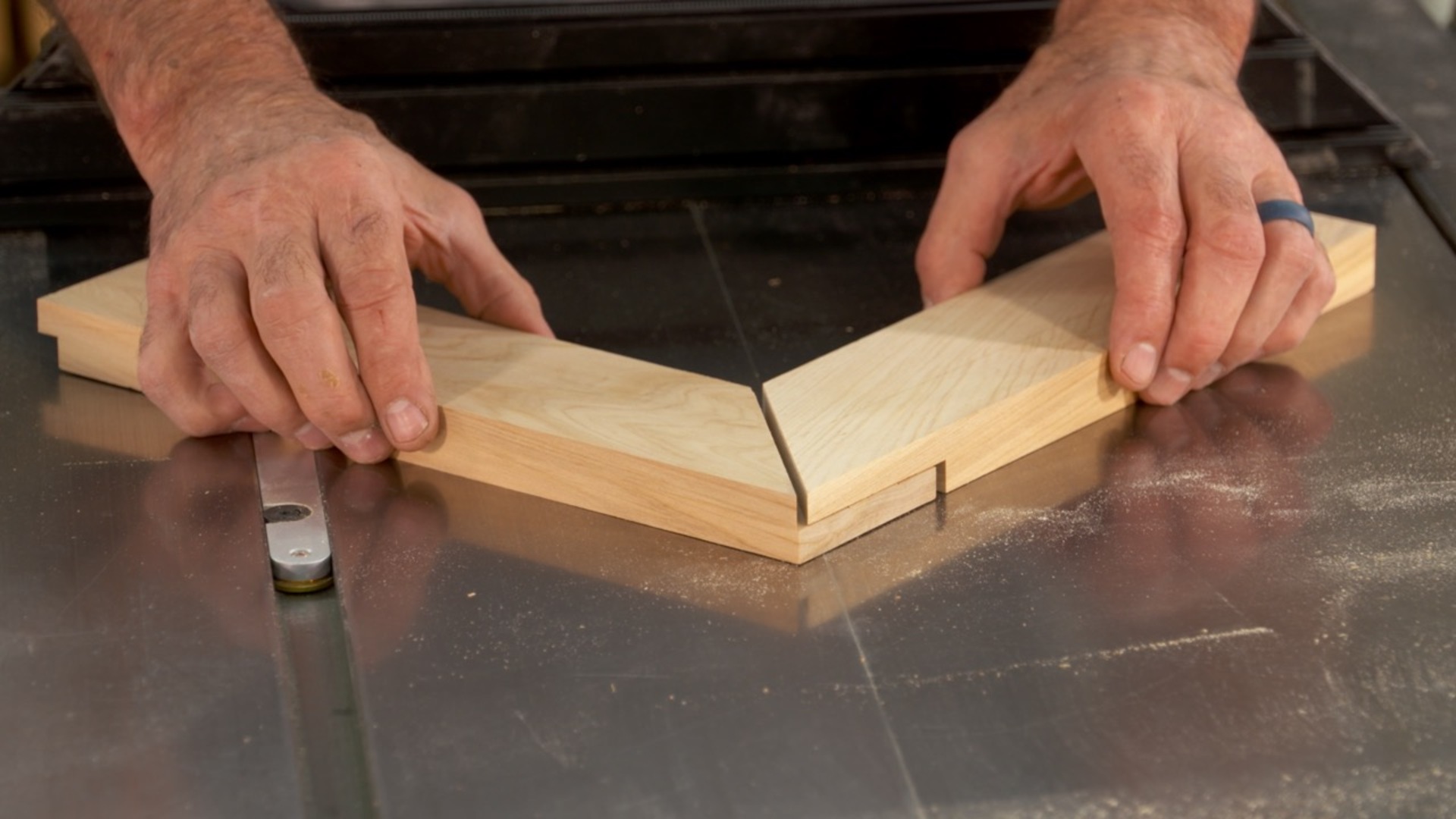
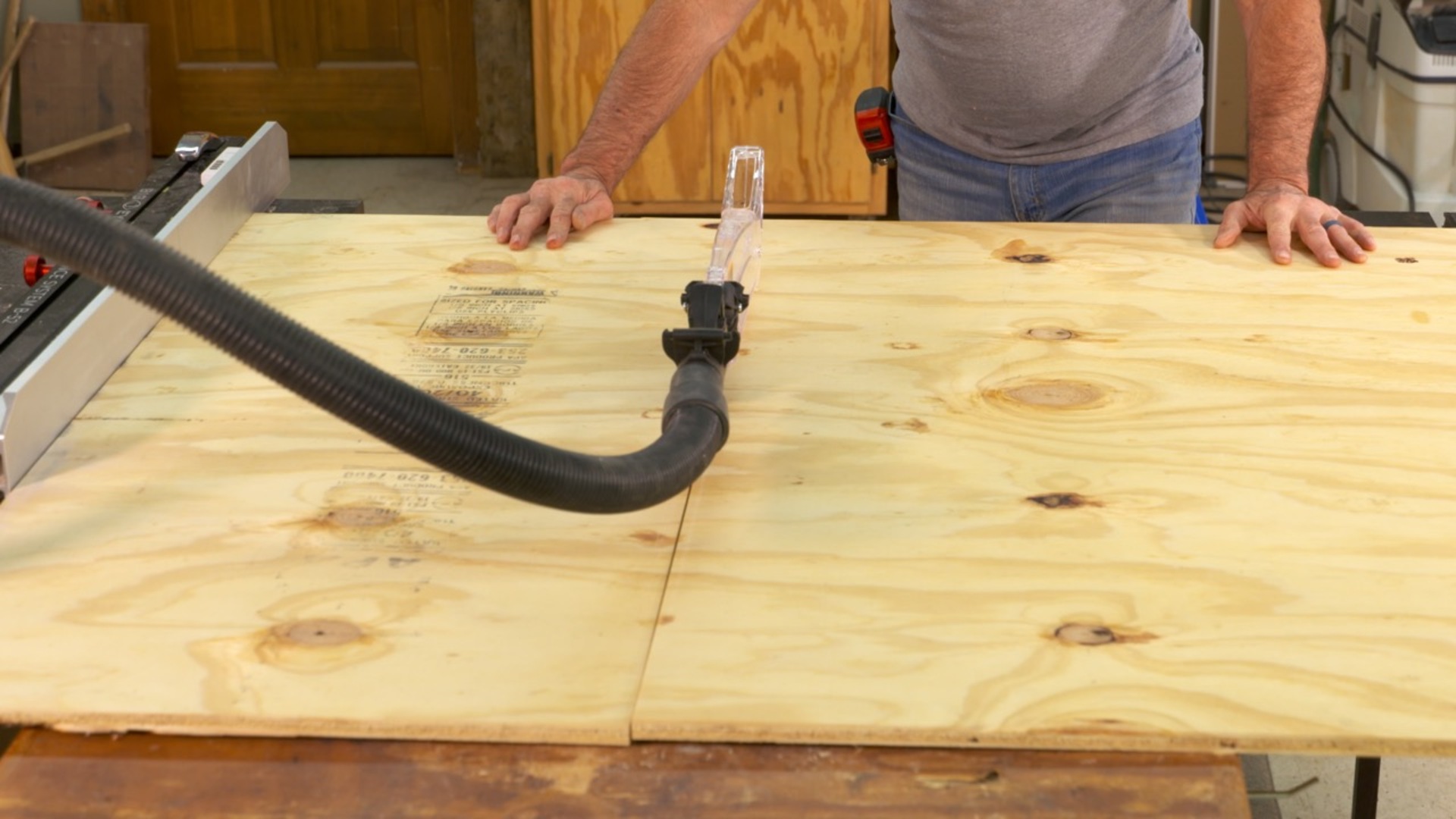
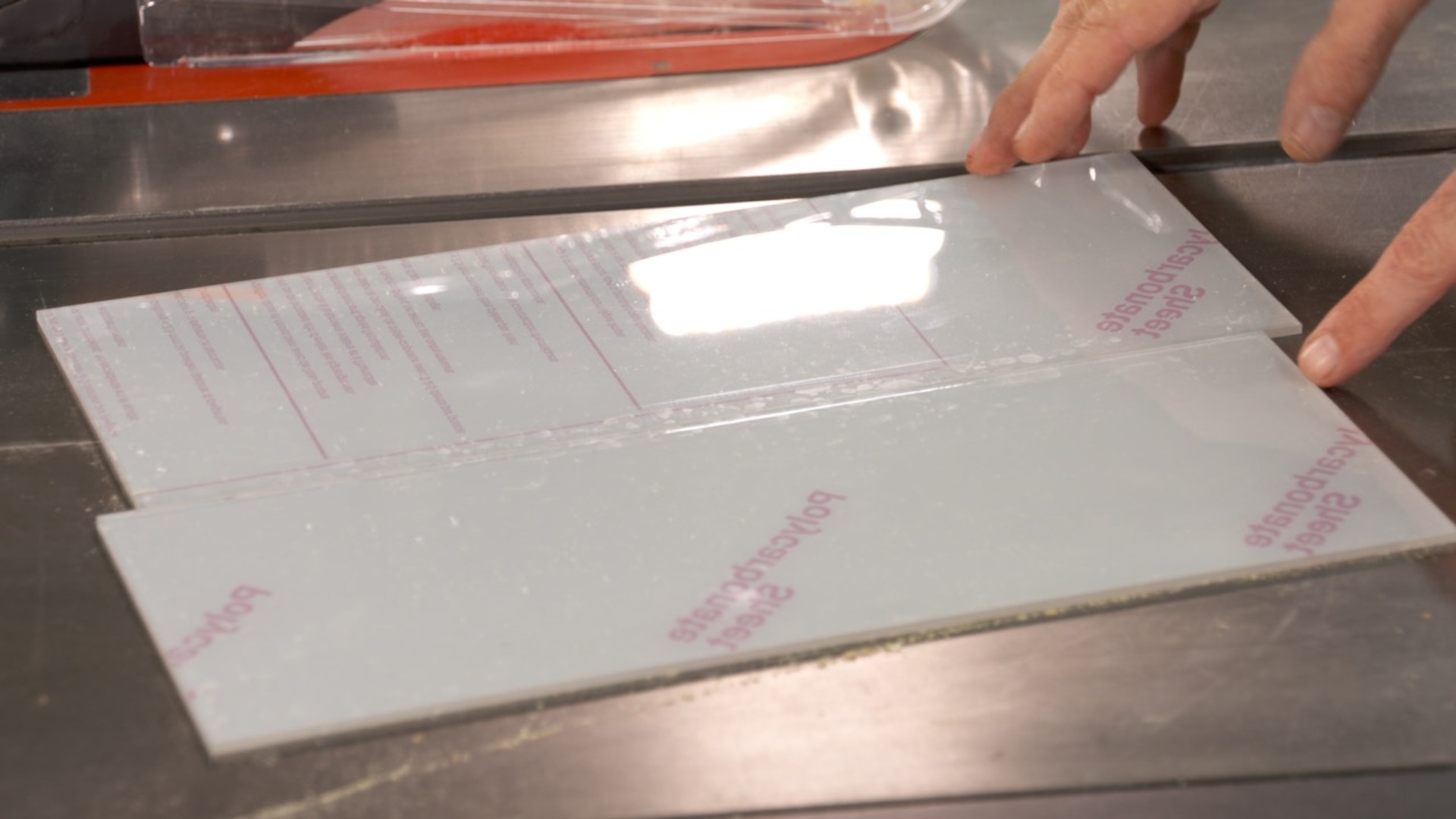
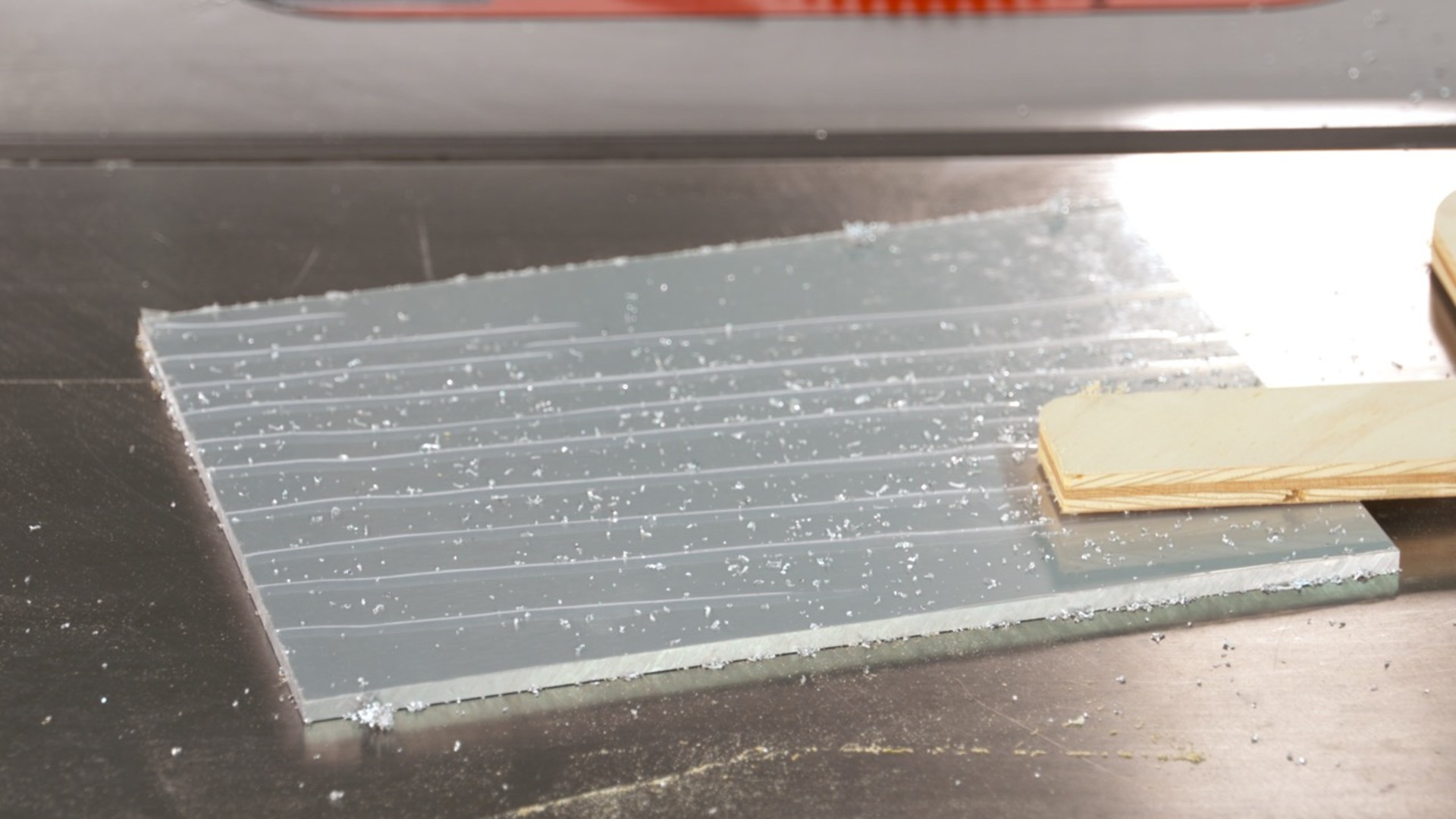
The table saw is the heart of most woodworking shops. Are you getting the most out of your saw? This class is designed to help you optimize this woodworking workhorse.
Joinery
Two of the joints you’ll learn, bridle joints and mitered half laps, are incredibly strong. And, when made with contrasting material, they look incredible. These joints provide a great way to make robust frames. Need a rabbet but don’t want to change to a dado head? No sweat. You can easily cut a rabbet with a single blade.
Getting good edges
Your table saw can be used as a jointer and it’ll give you perfectly straight edges for a seamless glue up. You’ll have a “why didn’t I think of that” moment when you see how simple it is. If the material you’re using has banana shaped edges, or live edges, a simple shop-made jig allows you to straight line cut those edges.
Plexiglass and aluminum
The table saw provides a perfect solution for cutting plexiglass and aluminum, but you have to make sure you’re using the right blade and the right setup. A handful of things come together to simplify cutting these materials.
Notches and sheet stock
Need to cut a long notch? You can do this on your table saw using a stopped rip cut. Layout lines on your material and saw help you do this accurately. Add a few helpers in your shop and you can cut full sheets of plywood on your saw. No, that doesn’t mean getting a few buddies to help. It’s about adding some horsepower.
George Vondriska
Formally trained in technology education, George Vondriska has been teaching woodworking since 1986. He has been the managing editor of Woodworkers Guild of America since 2007. In addition to classes at his own Vondriska Woodworks School, George teaches at woodworking shows across the country and has taught woodworking for the Peace Corps, Andersen Window, Northwest Airlines and the Pentagon.

Bonus materials available after purchase